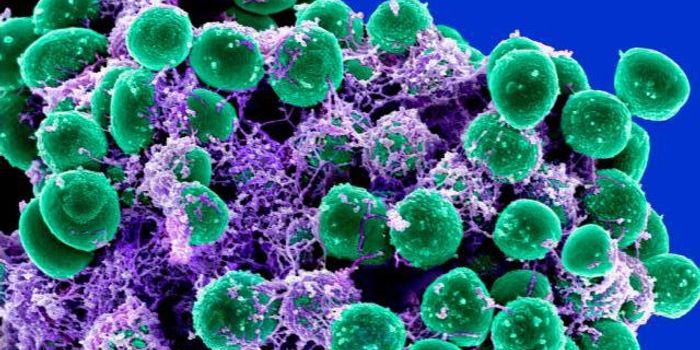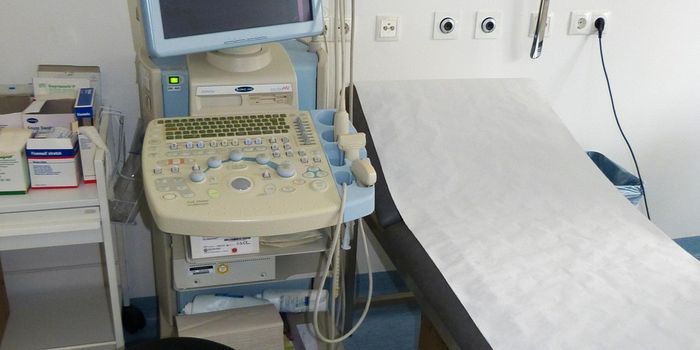A Roving Band of T Cells Rewrites the Rules of Immunity
Regulatory T cells are a type of white blood cell that can help identify and repair damaged tissues. It's been thought that various tissues hold specific populations of T cells that remain there to perform their function. But a new study has determined that regulatory T cells seem to actually exist as one large cell population that migrates around the body looking for damaged tissue, which the T cells then help repair. This research, which has been reported in Immunity, may affect the treatment of a wide variety of disorders, since so many are related to the immune system in some way.
Anti-inflammatory drugs tend to target the entire body, and not specific areas. But this research has also suggested that it might be possible to aim for specific parts of the body when dampening the immune system's activity. So, higher doses of some drugs might be used for quicker results.
"We've uncovered new rules of the immune system. This 'unified healer army' can do everything: repair injured muscle, make your fat cells respond better to insulin, regrow hair follicles. To think that we could use it in such an enormous range of diseases is fantastic; it's got the potential to be used for almost everything," said senior study author Professor Adrian Liston of the University of Cambridge.
This work relied on a mouse model, so it still has to be confirmed in humans. But in this study, the regulatory T cells from 48 different types of mouse tissue were analyzed. The T cells were shown to be moving through the body; they were not stationary or specialized.
"It's difficult to think of a disease, injury or infection that doesn't involve some kind of immune response, and our finding really changes the way we could control this response," said Liston. "Now that we know these regulatory T cells are present everywhere in the body, in principle we can start to make immune suppression and tissue regeneration treatments that are targeted against a single organ — a vast improvement on current treatments that are like hitting the body with a sledgehammer."
The researchers also used a mouse model to show that regulatory T cells can be sent to a specific area, where they proliferate and can be directed to deactivate the immune response and encourage healing in that specific tissue or organ.
Liston suggested that the number of regulatory T cells in one area can be boosted so the body's immune response will improve. There are a wide variety of disorders in which it would be beneficial to stop the immune response and start tissue repair, such as multiple sclerosis or other autoimmune disorders, as well as some infectious diseases. Another example would be organ transplants, which require recipients to take immunosupressive drugs so the new organ will not be rejected by the body. If the immune response shutdown could be restricted to that one organ, patients would have less of a risk of acquiring a disease from a systemically weak immune system.
Although more work needs to be done before we know this is happening in people, the investigators are already planning clinical trials in humans to test their findings.
Sources: University of Cambridge, Immunity









